Construction Costs Will Rise Slightly
Report also says Milwaukee building boom should continue through 2016.
Despite what seems like a once-in-a-generation boom in downtown development, construction costs in Milwaukee are expected to rise by a maximum of only four percent in 2016. Minneapolis-based Mortenson Construction tracks construction costs and employment in Milwaukee and five other markets. In their recently released 2015 fourth quarter report, the firm notes that the record activity the Milwaukee metro area experienced in 2015 has plateaued, in line with the national average. Growth over the next year is expected to be in-line with historical norms.
“There continues to be a lot of activity in the construction industry; however, the average project size is decreasing relative to recent years,” says Doug Heinrich, chief estimator of Mortenson’s Wisconsin operations. “Construction employment is leveling out and price escalation will continue to be more inline with long-term averages. We believe this should help our customers accurately plan for increases next year.”
The employment plateau is good news for the firms responsible for building the massive projects planned for downtown. Those projects include the new arena for the Milwaukee Bucks, Milwaukee Streetcar system, and a substantial parking garage and apartment tower for Northwestern Mutual.
During the debate over city financing for the new arena, Milwaukee Department of City Development Commissioner Rocky Marcoux had expressed concern over the ability to find qualifying participants for the city’s residents preference program for the upcoming arena program. The Mortenson Construction Cost Index report and recent reports of hiring success at the Northwestern Mutual Tower and Commons project indicate plenty of workers should be available.
One important caveat: the report does not include data on residential construction. The apartment building boom we’ve been covering isn’t directly included in this data. It is, however, tracked indirectly as wages and material prices reflect the demand for general contractors to also service the residential construction sector.
Cost Increase Drivers
Building materials and components are a big driver of the growth in construction costs. Locally, the biggest quarter-over-quarter price increases have been seen in floor and wall tiles (5.1 percent), acoustical ceilings (4.0 percent) and electrical systems (3.8 percent). Steel framing and stairs was the only component to see a cost drop of over 2.5 percent.
Milwaukee Versus Other Cities
Dating back to January of 2009, construction costs in Milwaukee have risen nearly 14 percent according to Mortenson. This puts the Milwaukee metro area in line with Minneapolis and Denver, and slightly ahead of Phoenix. Mortenson’s reports that the Chicago and Seattle areas have seen more cost growth during the same period.
Mortenson calculates their quarterly report by pricing a non-residential construction project in each of the six markets. Employment figures are drawn from the Bureau of Labor Statistics.
The full report is available on the Mortenson website.
Northwestern Mutual Tower Project Photos
Eyes on Milwaukee
-
Church, Cupid Partner On Affordable Housing
 Dec 4th, 2023 by Jeramey Jannene
Dec 4th, 2023 by Jeramey Jannene
-
Downtown Building Sells For Nearly Twice Its Assessed Value
 Nov 12th, 2023 by Jeramey Jannene
Nov 12th, 2023 by Jeramey Jannene
-
Immigration Office Moving To 310W Building
 Oct 25th, 2023 by Jeramey Jannene
Oct 25th, 2023 by Jeramey Jannene


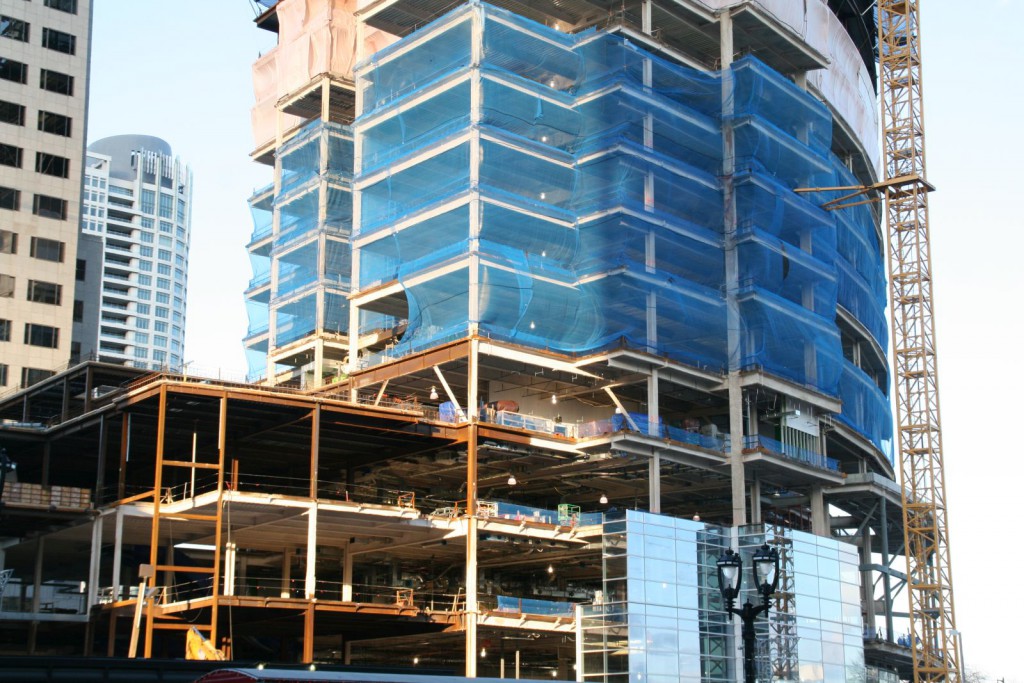
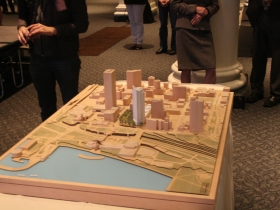
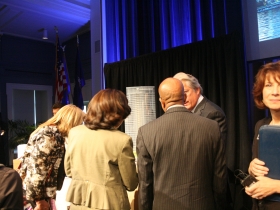
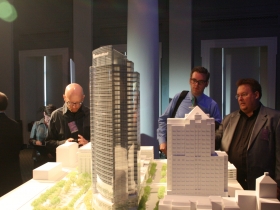
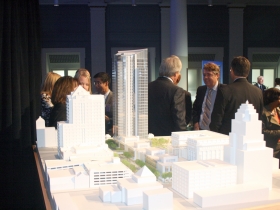
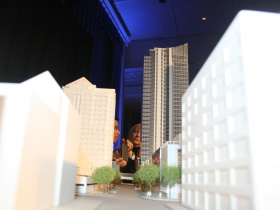
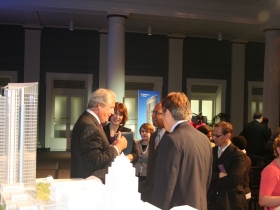




















One thing I couldn’t figure out from the article, what do the effects of construction costs indicate for the development or overall growth of an area? Do escalating costs indicate more demand growth or do they have a negative effect?
@Chris – If they’re in line with national norms (as Mortenson predicts) and only a small percentage amount (again as Mortenson predicts), I would imagine they won’t blow up a pro forma for a project in the queue. That is, the boom won’t be stopped because of skyrocketing construction costs.